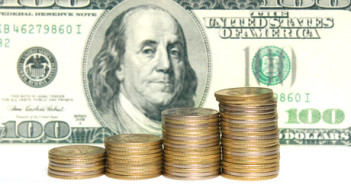- US Retail Sales mostly met expectations, but revisions were to the upside.
- The US Dollar was already on the move ahead of the release on higher yields
The US Retail Sales report was only an excuse. The real story is the resumption of the rally in 10-year yields. US yields are above 3.05%, the highest since 2011. The upward move began ahead of the release of Retail Sales and extended afterward. The US Federal Reserve is on course to raise rates, the supply of bonds is rising due to tax cuts, and the US Dollar reacts with a rally.
The Trump Administration’s landmark cuts in taxes were not met by spending cuts. On the contrary: the US Congress decided to make everyone happy with funds for every need.
All in all, the US needs to raise more money in the markets, which means an elevated level of bond issuance. More bonds = lower value = a higher yield.
What about the US consumer? The American economy is centered around consumption, and the publication is a top-tier one. The most critical data, the control group, was up 0.4% in April as expected. However, the data for March was revised up from 0.4% to 0.4%. The headline sales number had the same story: 0.3% as expected but the previous figure was revised up from 0.6% to 0.8%. Only the core measure missed with 0.3% against 0.5%, but it was fully countered by an upgrade from 0.2% to 0.4% of the previous data.
Markets usually focus on the latest data and not the revisions, and for a good reason: the most recent trend is more important than the overall number. Also, these revisions were not earth-shattering ones.
It looks like the greenback was looking for an excuse to gain further ground and upward revisions were good enough.
The moves today, May 15th, following five days of consolidation. The US Dollar was hit by the US inflation report, which came out slightly below expectations and came on top of a disappointing Non-Farm Payrolls report. Yet after the retreat and the consolidation, US yields freshened up and increased their gains. The US Dollar follows.
For emerging markets, the upswing of the Dollar is terrible news as many items are denominated in the US currency. For Europe and Japan, a stronger USD is good news for exporters and for central banks fighting to push inflation higher.
Will this continue? There are no more figures of the same magnitude this week. However, geopolitics provide quite a few headlines and could determine the next move for the greenback.
